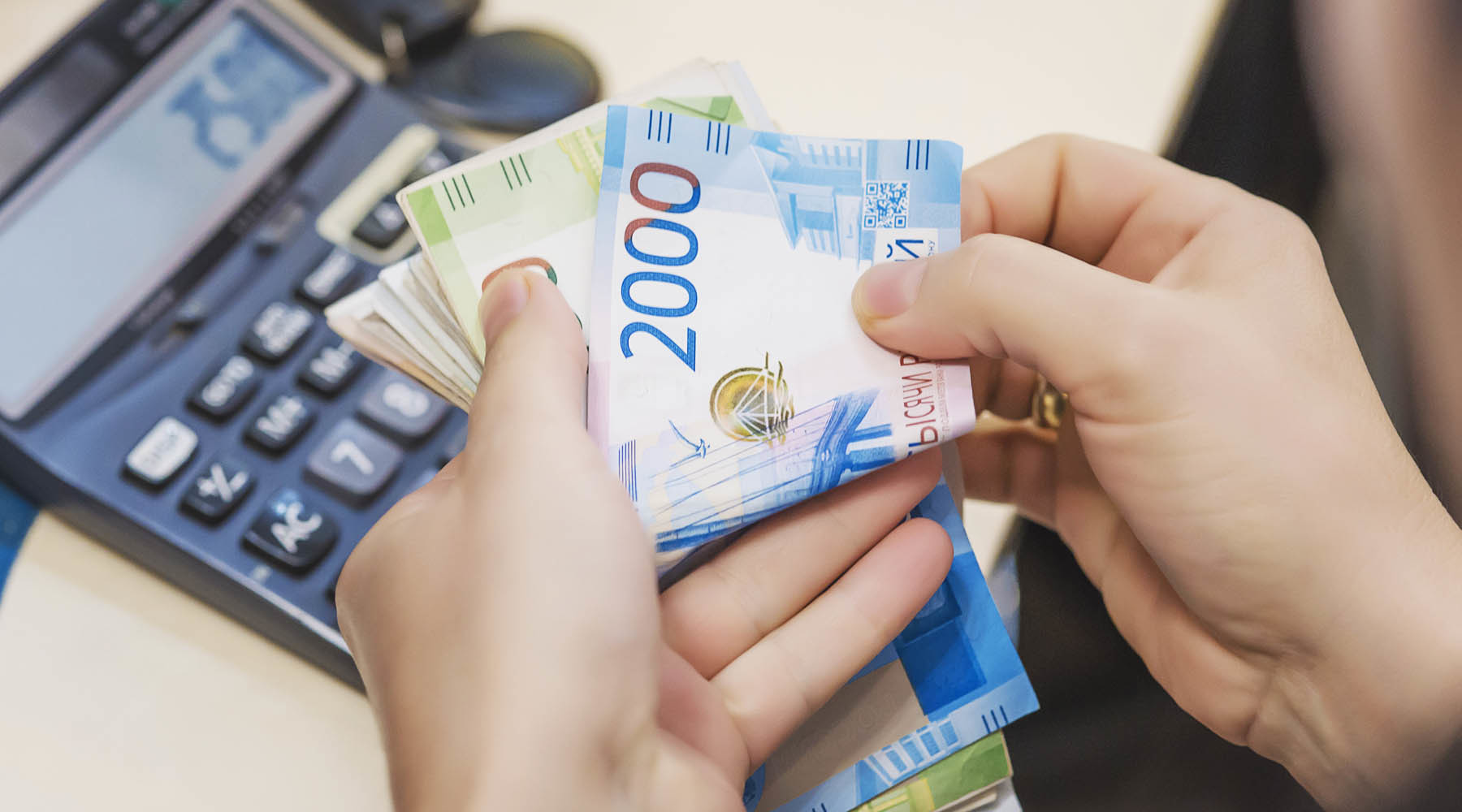On Thursday, November 26, the State Duma in the third reading approved the draft law "On the federal budget for 2021 and for the planning period of 2022 and 2023."
This is stated on the official website of the lower house of parliament.
“We have adopted a very balanced and balanced law.
We have reduced the burden on the business.
Insurance premiums for small and medium-sized businesses have been halved.
We have reduced the burden on high-tech industries.
We have increased spending on the social sphere, ”Finance Minister Anton Siluanov said during a speech in the State Duma.
The adopted law provides for steady growth in budget revenues.
In 2021, they will amount to 18.76 trillion rubles, in 2022 - 20.64 trillion, and in 2023 - 22.26 trillion.
Budget expenditures will also increase throughout the three-year period.
It is expected that in 2021 the spending of the state treasury will amount to 21.52 trillion, in 2022 - 21.88 trillion, and in 2023 it will reach 23.67 trillion rubles.
Thus, over the next three years, treasury expenses will exceed revenues.
According to the document, in 2021 the budget deficit will amount to 2.75 trillion (2.4% of GDP), in 2022 - 1.25 trillion (1% of GDP), and in 2023 - 1.41 trillion rubles (1, 1% of GDP).
“During a recession due to a pandemic, you have to increase spending and go into deficit in order to help the population, vital facilities and industries.
However, the volume of the budget deficit up to 3% of GDP does not pose a threat to the economy.
Moreover, it will be possible to partially cover the negative difference between revenues and expenditures of the treasury at the expense of oil and gas revenues, "said Georgy Ostapkovich, Director of the Center for Market Research at the Institute for Statistical Studies and Economics of Knowledge of the National Research University Higher School of Economics, RT.
It is expected that in 2022 and 2023 additional receipts to the treasury from the sale of oil and gas will amount to 703 billion and 787 billion rubles, respectively.
However, the main source of financing the budget deficit will be government borrowing.
Already in 2021, in pure form, they can amount to about 2.94 trillion rubles, in 2022 - 1.87 trillion, and in 2023 - 2.39 trillion, writes TASS.
“To finance the budget deficit, Russia can now safely increase its national debt without any risks.
At the moment, it remains one of the lowest in the world and amounts to only about 20% of GDP.
For comparison, in Japan the national debt exceeds 250% of GDP, and in the USA - 120%, ”Georgy Ostapkovich added.
Gettyimages.ru
The main priorities of the budget for the next three years are the President's messages, the national development plans of the country outlined by him and social obligations to citizens.
State Duma Chairman Vyacheslav Volodin said this on Thursday.
According to him, special attention was paid to supporting the regions.
Recall that in July, Vladimir Putin signed a decree "On the national development goals of the Russian Federation for the period up to 2030".
Within the framework of the document, the President instructed to increase life expectancy in Russia to 78 years within ten years, reduce the poverty level by half, achieve GDP growth rates above the world average and ensure a steady increase in the population's income.
“The President did everything to ensure that all social obligations were fulfilled at the expense of the state, not at the expense of the people.
Increased spending on healthcare and overcoming the pandemic.
Yes, this is the money that could have gone to other industries, but today we need to think about people, save them, ”said Viacheslav Volodin.
So, in 2021, it is planned to spend 5.6 trillion rubles on social policy, in 2022 - 5.7 trillion, and in 2023 - 6.05 trillion.
At the same time, expenditures of the state treasury for health care and education will amount to 1.12 and 1.08 trillion rubles, respectively, in 2021, 1.1 and 1.04 trillion in 2022, 1.1 and 1.08 trillion in 2023.
“At the moment it is necessary to ensure that social spending grows faster than all other budget items.
This principle is valid in most developed countries.
Most likely, the growth inherent in the figures for social policy will be possible due to compensation for benefits and pension programs, as well as additional funding for the education sector, "said Alexander Abramov, head of the laboratory at the Institute of Applied Economic Research, RANEPA, in an interview with RT.
Planned recovery
Note that the draft budget was drawn up on the basis of a forecast of socio-economic development.
It provides for a slow recovery of the global economy due to the continued restrictions associated with the spread of COVID-19.
According to the forecast, in 2021, Russia's GDP will grow by 3.3%, in 2022 - by 3.4%, and in 2023 - by 3%.
At the same time, it is assumed that during the entire three-year period, inflation will not exceed 4%.
The forecasted volume of Russian GDP will be 115.53 trillion rubles in 2021, 124.22 trillion - in 2022 and 132.82 trillion - in 2023.
The law also provides for the allocation of funds to finance a nationwide economic recovery plan.
In 2021, the corresponding amount will be 638.9 billion rubles.
“This money will go, for example, to preserve jobs in the most affected industries through the implementation of a credit program to support organizations (421.2 billion rubles in 2021).
RUB 12.6 billion will be allocated for this purpose in 2021 to reduce the rate on residential mortgage loans, including subsidizing mortgages for new buildings at 6.5%, and in 2022 and 2023 the amount is planned to be almost doubled, ” - said Viacheslav Volodin.

